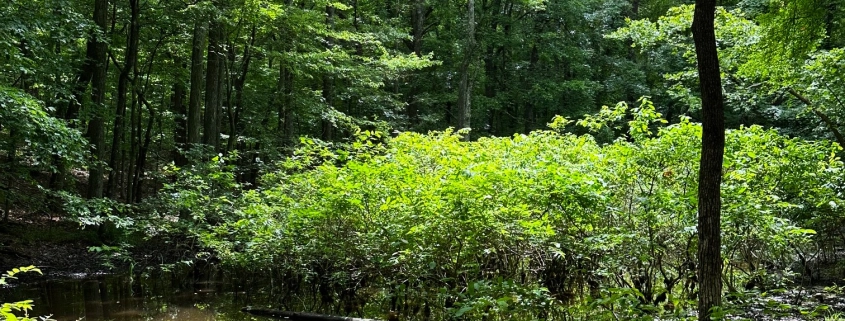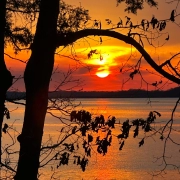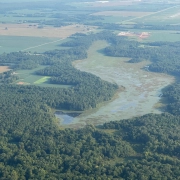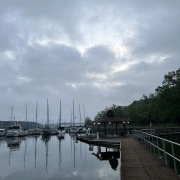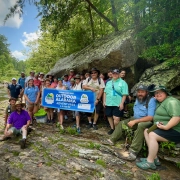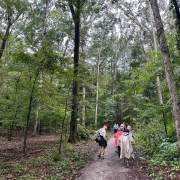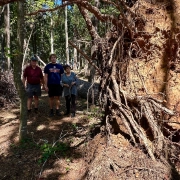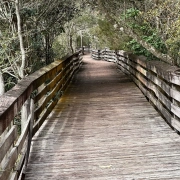Brief Form Post #35: Visiting the Old Lilly Pond at Monte Sano State Park
I am pleased to add the 35th of my GBH Brief Form Posts (Less than five minutes to read!) to my website. I get a bit wordy with my routine Posts. I don’t want my enthusiasm for thoroughness and detail to discourage readers. So I will publish these Brief Form Posts regularly.
I visited the old lilly pond on Alabama’s 2,140-acre Monte Sano State Park on July 10, 2024, with Amber Coger, Northwest District Park Naturalist. Our primary purpose was to record a short video intended to promote a fall semester Osher Lifelong Learning Institute (University of Alabama in Huntsville) course on Folklore and the Arts at Alabama’s State Parks, to be co-taught by Renee Raney, Chief of Education and Interpretation for the Alabama State Park System, and me. I’ll offer observations, reflections, photographs, and a brief video from our round-trip trek to the pond. I’ll begin at the James O’Shaughnessy 1890 Lilly Lake.
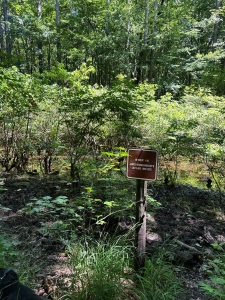
Mr. O’Shaughnessy and his brother opened the 233-room resort in 1887. The hotel ceased operations in 1890. The glory days associated with the hotel were short-lived. The lilly pond and its manicured environment, long since consumed by the growing forest and apparent wilderness, hints at the good times. Little more than swampy wetland, the pond once expressed the location’s grandeur. Over one and one-third century, Nature has reclaimed the lush pond and home grounds. Without tending and intentional actions to maintain the cultivated grounds and the pond, another century of neglect will allow Nature to erase all evidence of former human domestication. Already, the pond is merely a wet place among the encroaching forest. Trees are colonizing even the old pond center.
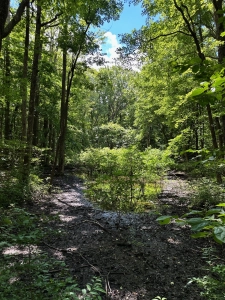
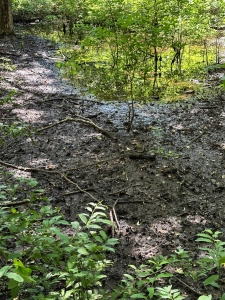
I wonder, how much longer will the pond moniker fit this mucky place in the forest? For the moment, the old lilly pond serves interpreters and educators like Amber telling the tale of the land.
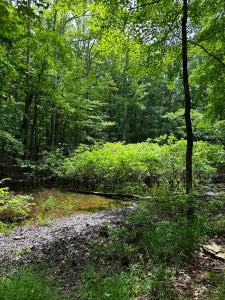
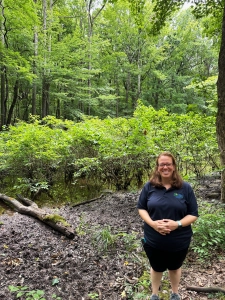
Amber introduces the fall course in this 58-second video. She and I both recorded a version of the video. Amber’s enthusiasm proved far superior to my dull tired former academic tone and cadence! Here’s Amber!
Three years ago I assisted the Park Superintendent secure funds to establish 25 permanent photo points at key locations across the park. The idea is to snap photos in the four cardinal directions at five year intervals to help tell the story of change over time for visitors 10, 25, 50, and deep into the future. If only someone had started such a photo-chronology here in 1890!
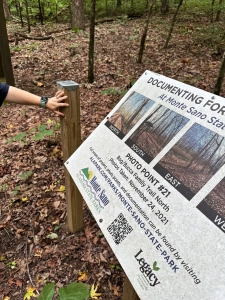
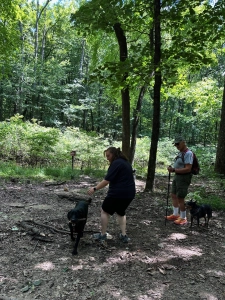
Woodpeckers or squirrels are keeping this chestnut oak cavity open within sight of the pond, providing another facet of the interpretive story.
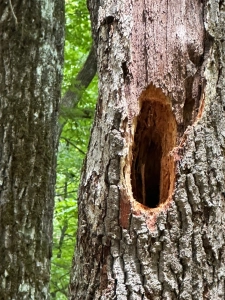
The interpretive tale will change day to day, to week, to month, across the seasons. We found this amanita mushroom brightening the forest floor. It may be gone tomorrow.
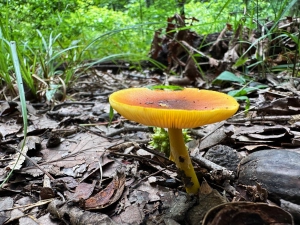
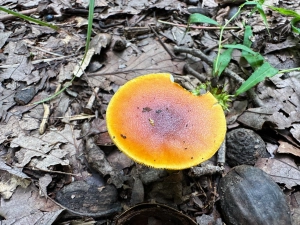
The O’Shaughnessy grounds most certainly included ornamental Chines wisteria plantings, now escaped and growing along the nearby trail.
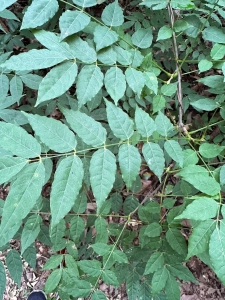
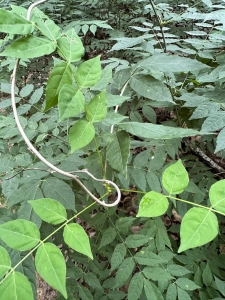
We stopped to admire the deep-green venation of southern wood violet. So much lies hidden in plain sight.
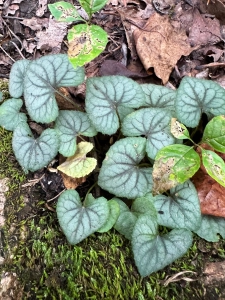
As we neared the parking area, Amber entered a wetland area to demonstrate the height of a stand of woolgrass.
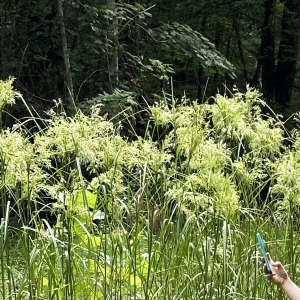
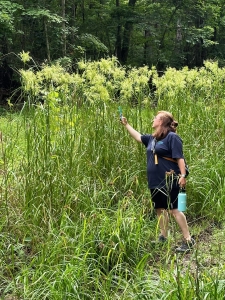
We kept our trek intentionally brief to accommodate Amber’s subsequent appointment, hence this Brief-Form essay. However, even a short trek reveals many secrets and delights.
I accept the challenge of distilling these Brief-Form Posts into a single distinct reflection, a task far more elusive than assembling a dozen pithy statements. Because the planned fall course on State Parks folklore prompted our short trek, I borrow these relevant words from Albert Einstein:
-
If you want your children to be intelligent, read them fairy tales. If you want them to be more intelligent, read them more fairy tales.
-
When I examine myself and my methods of thought, I come to the conclusion that the gift of fantasy has meant more to me than any talent for abstract, positive thinking.

